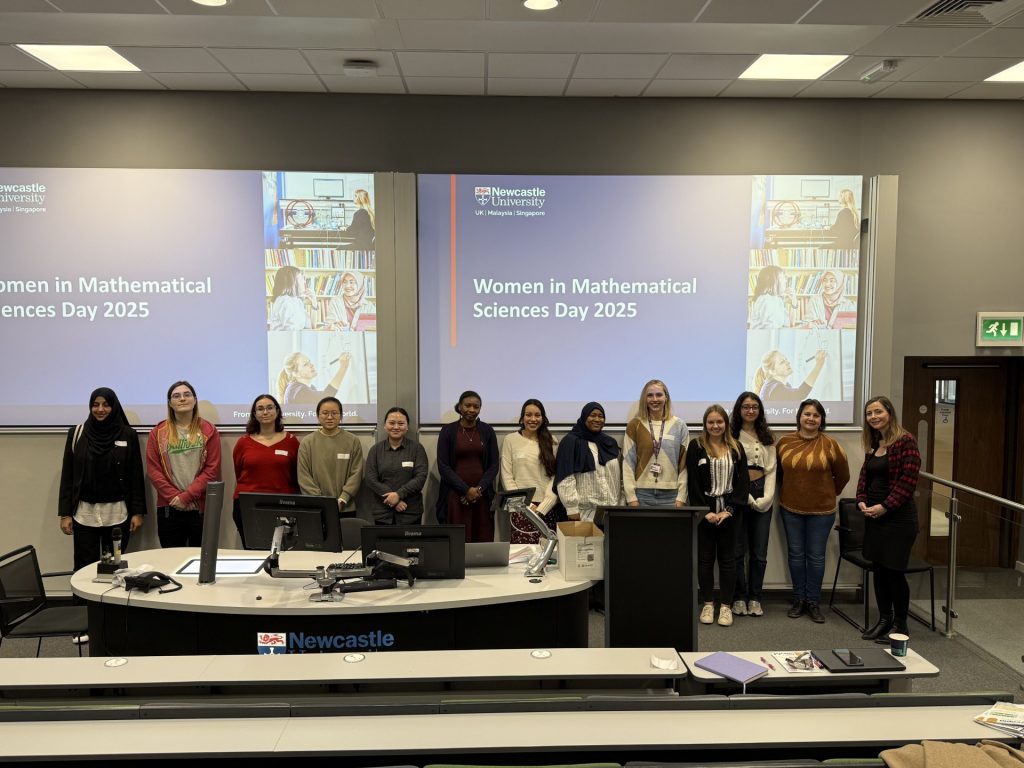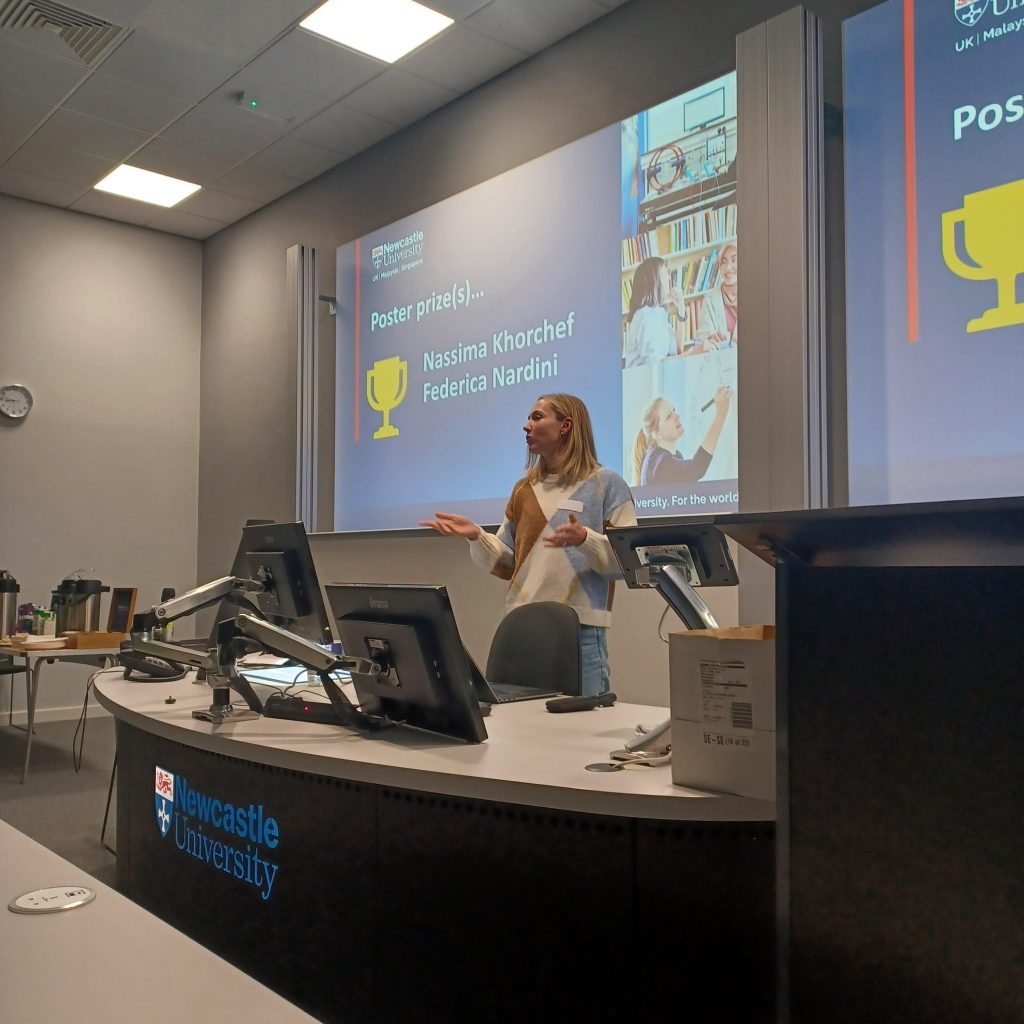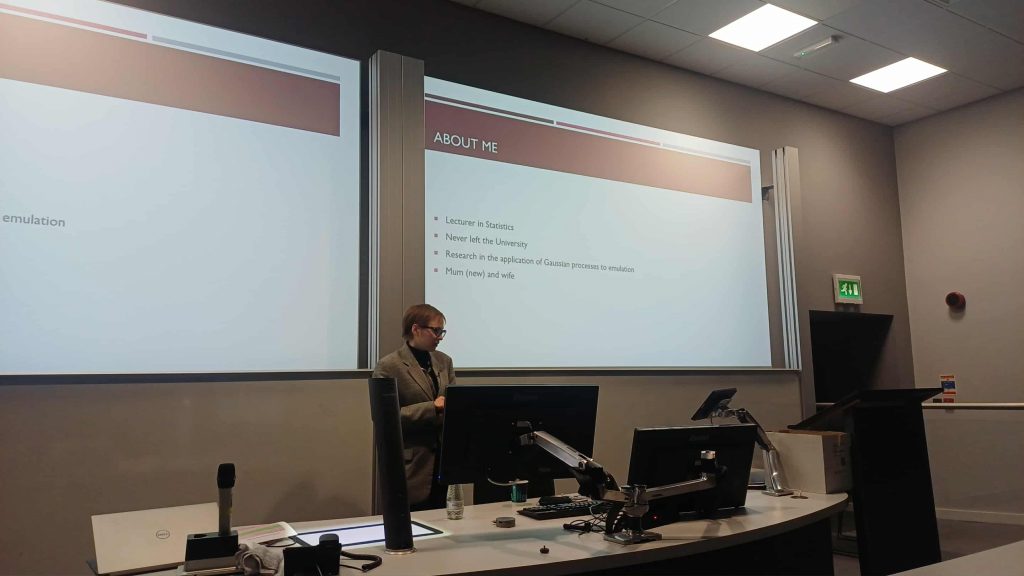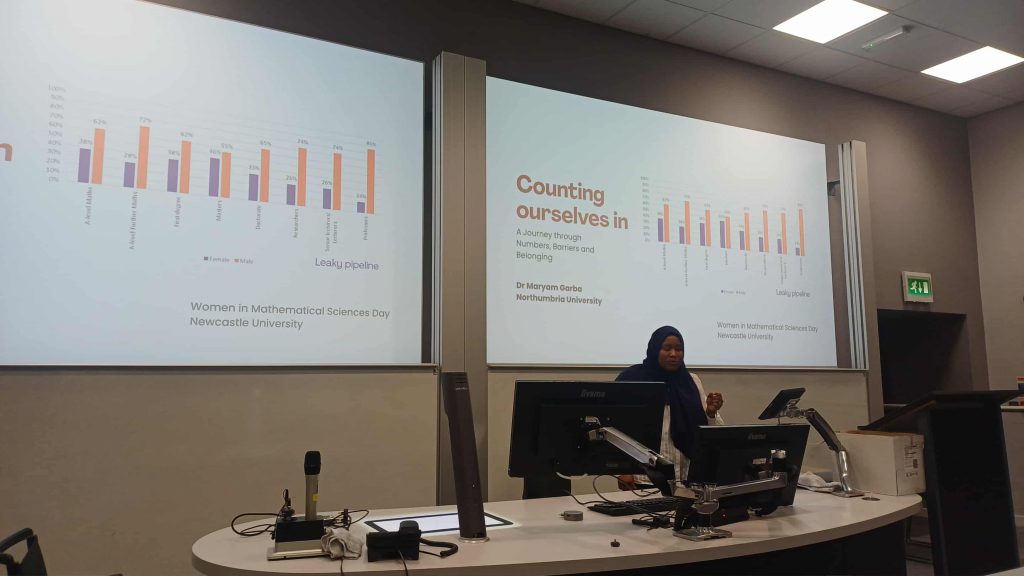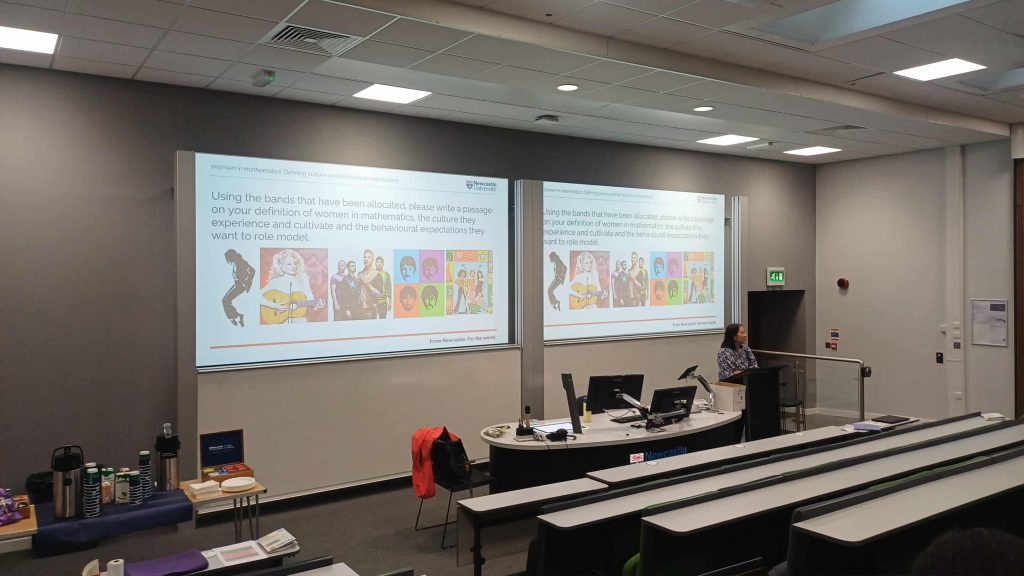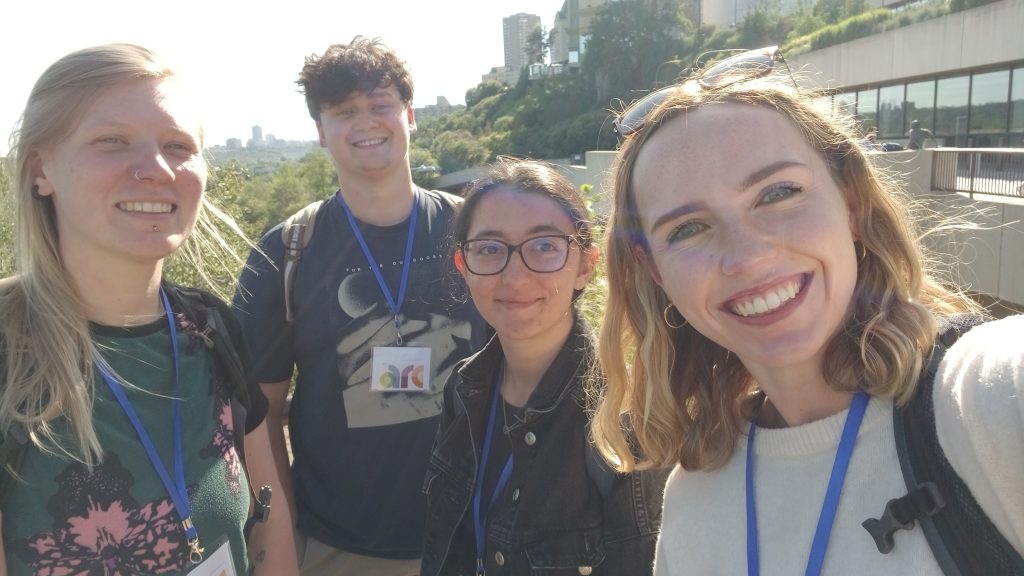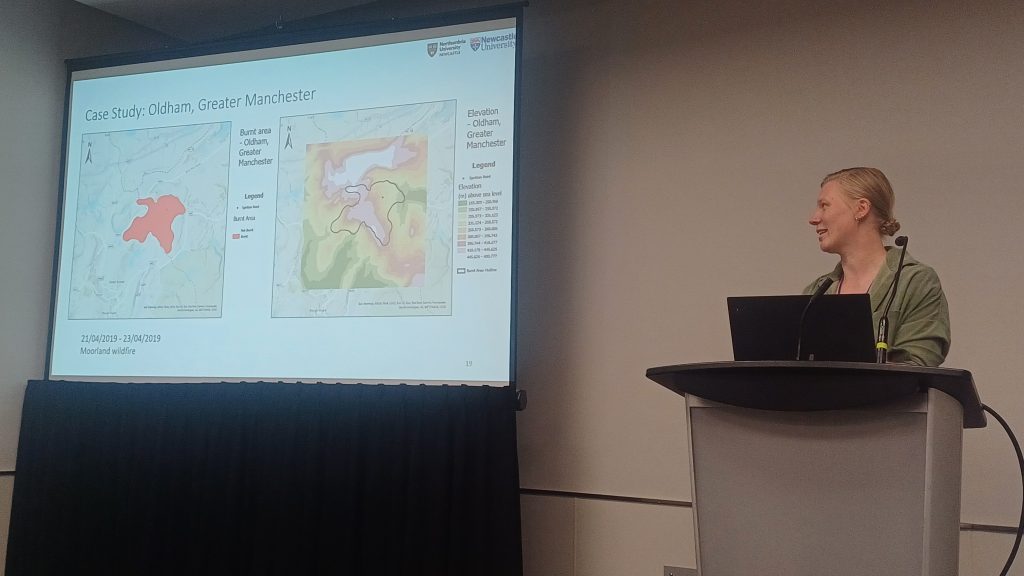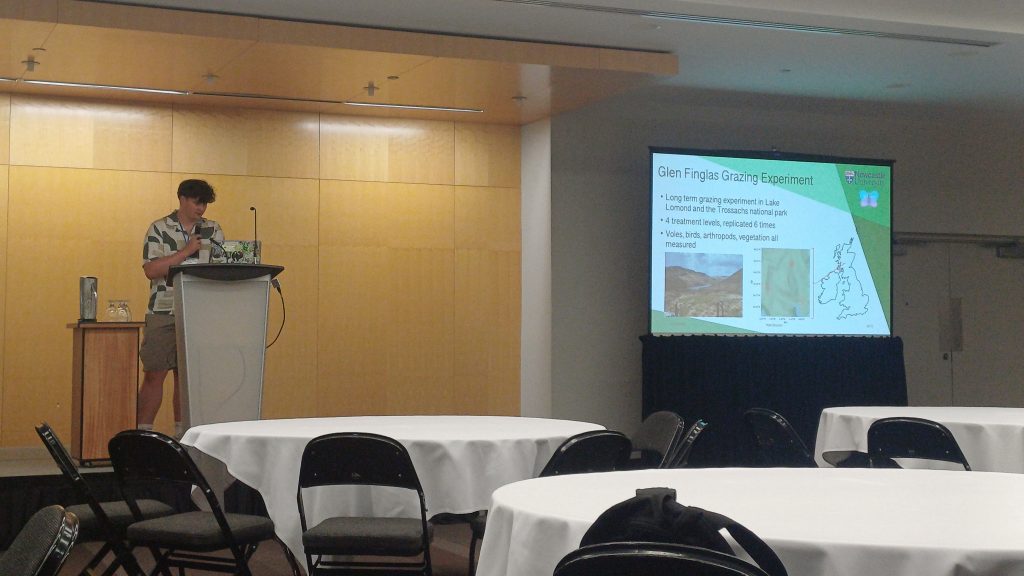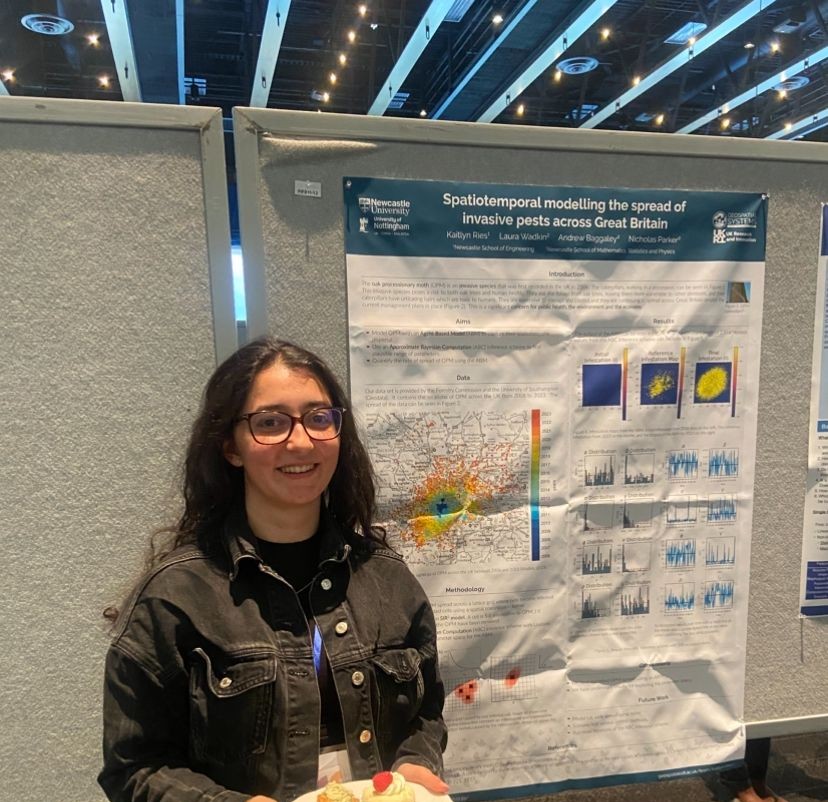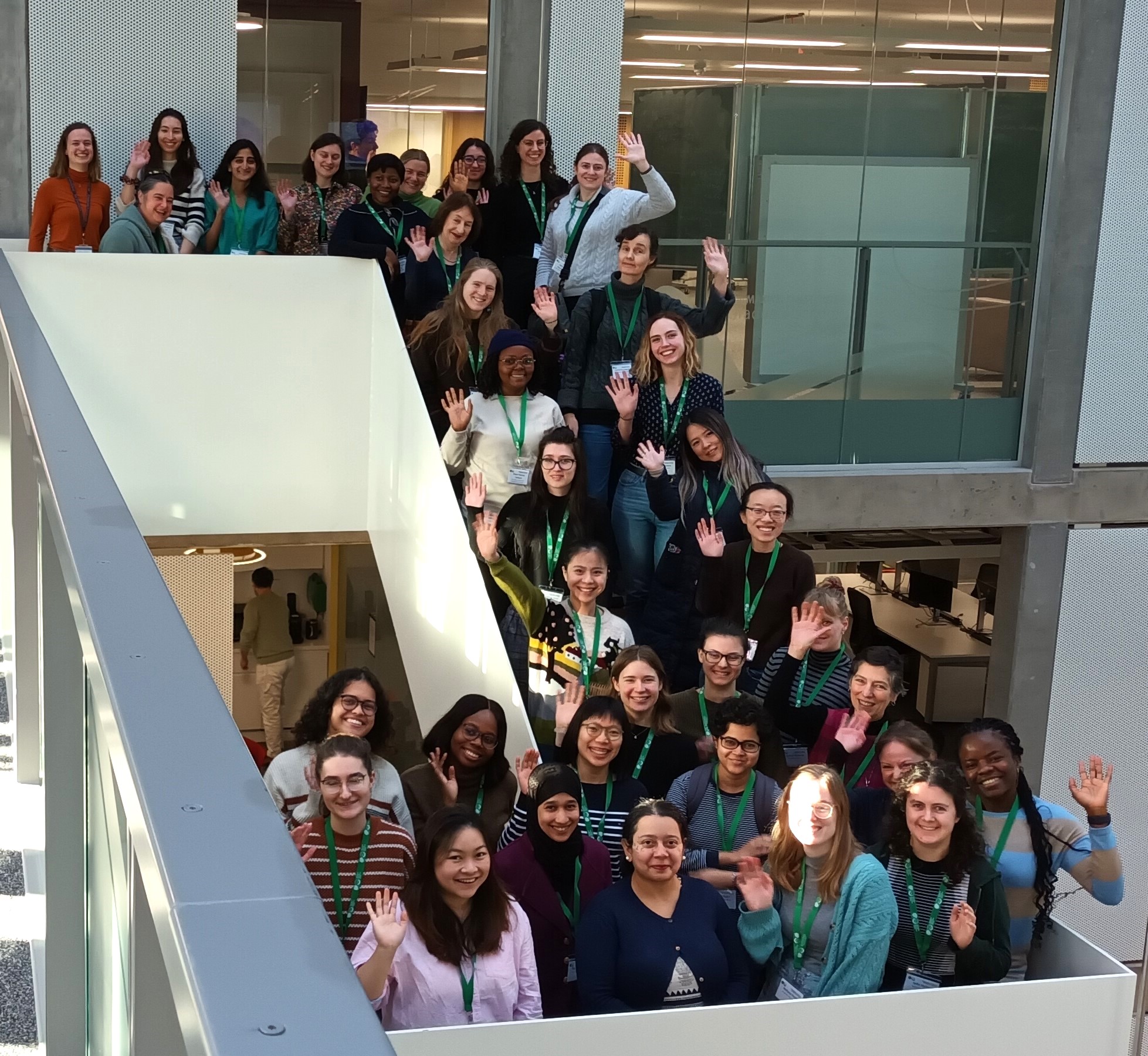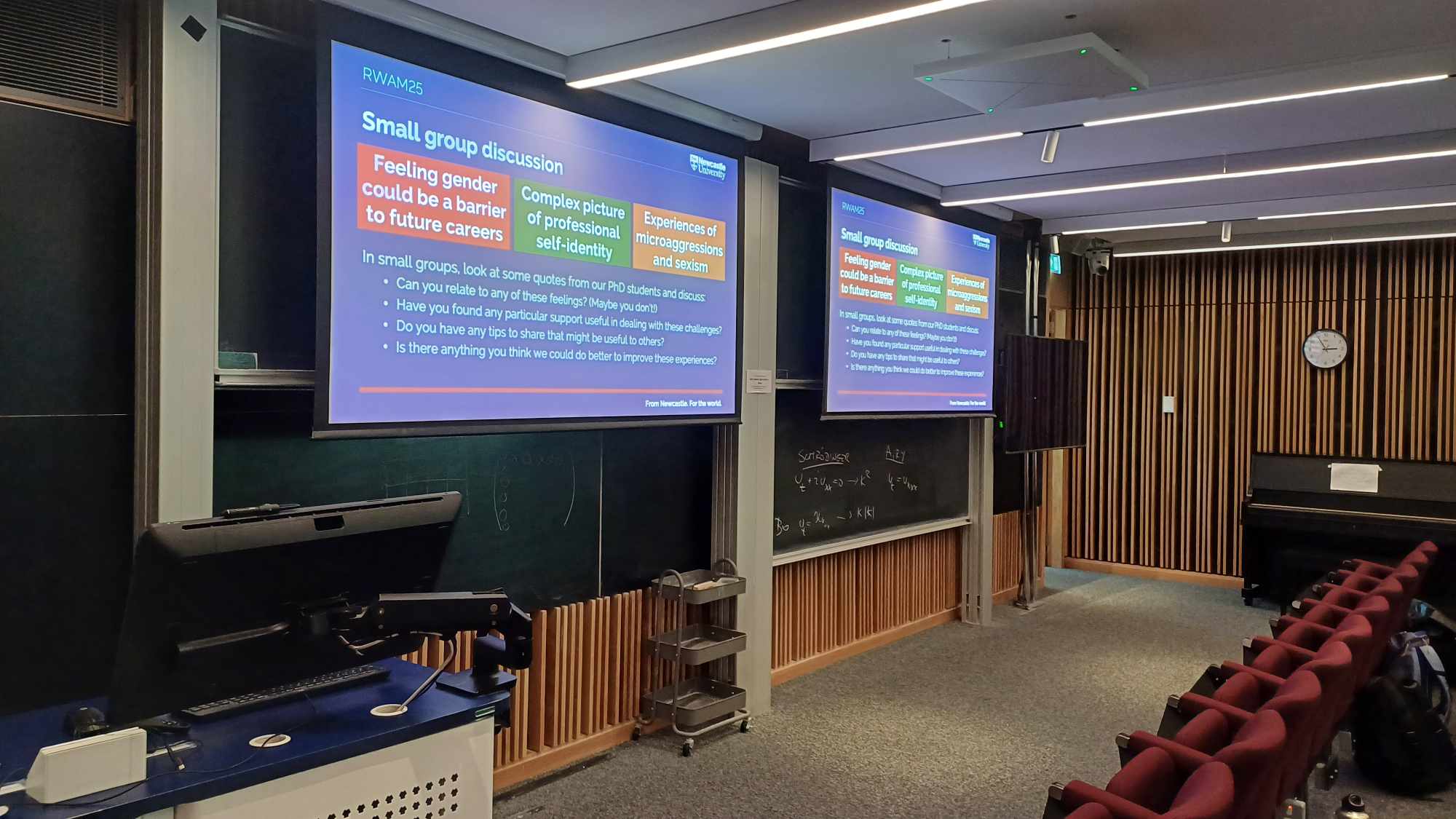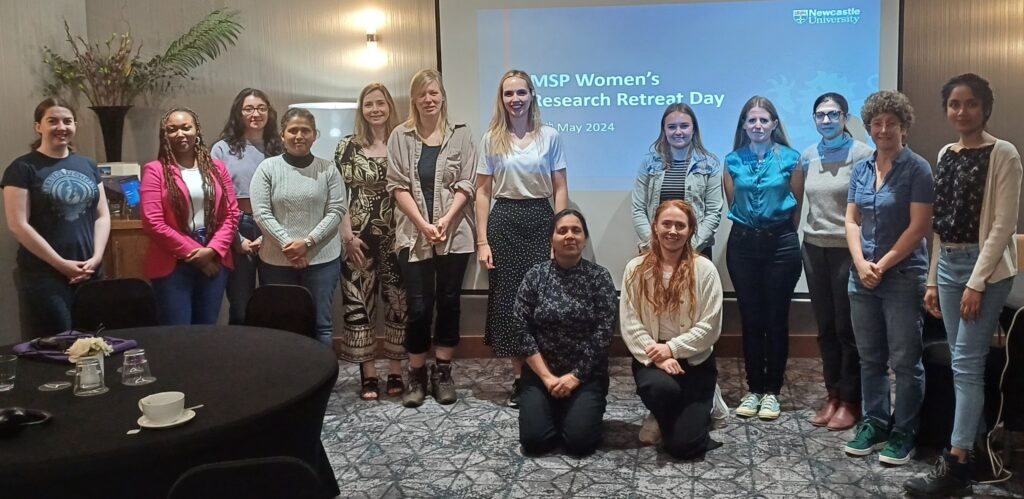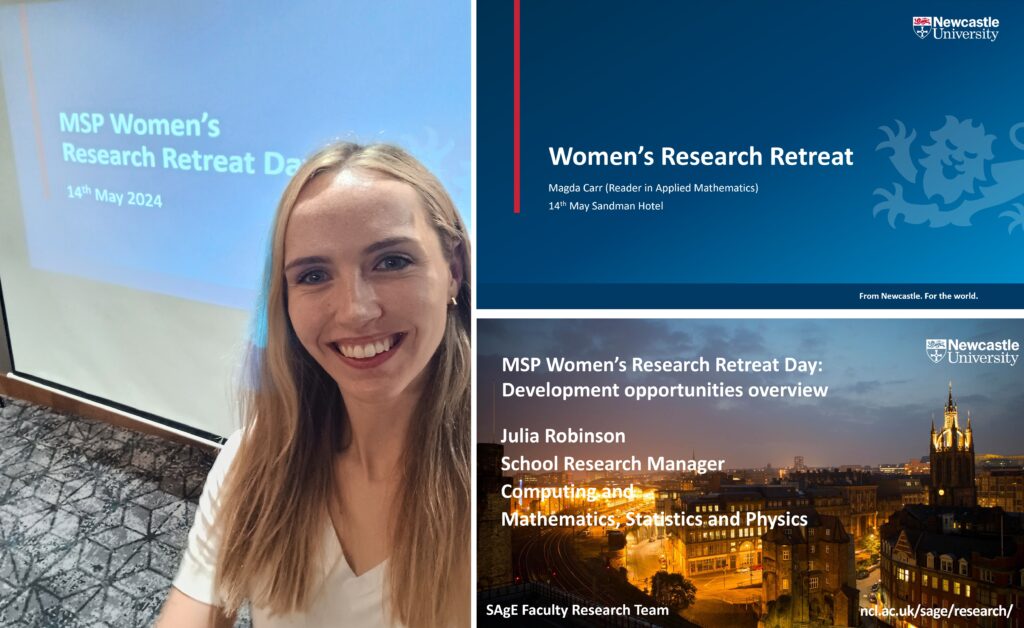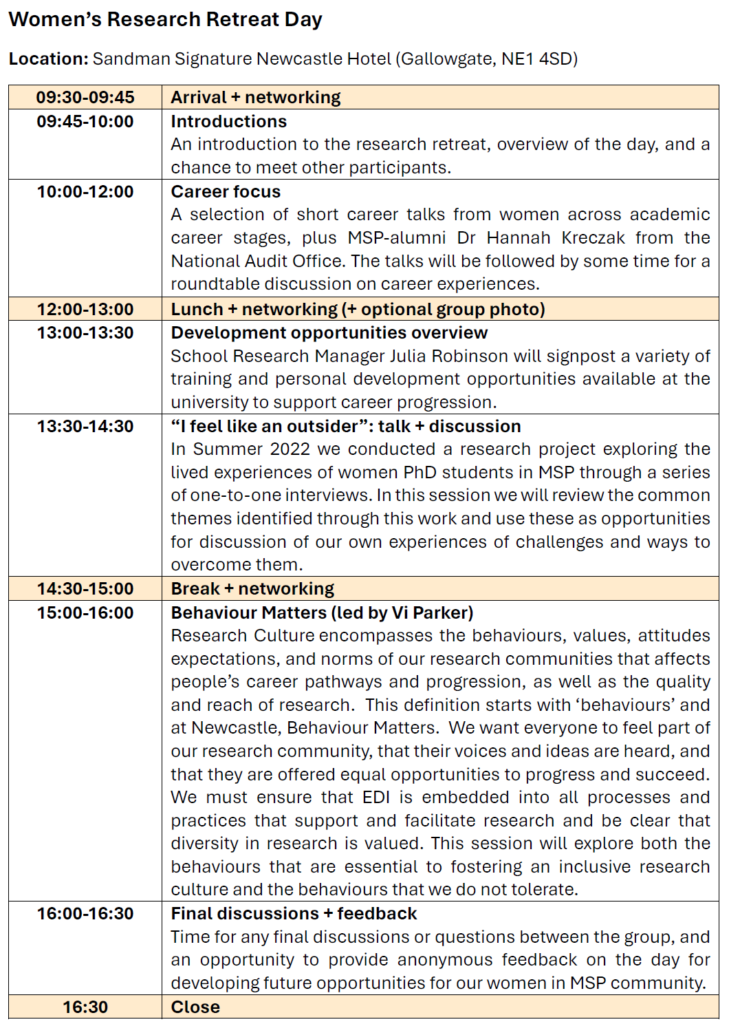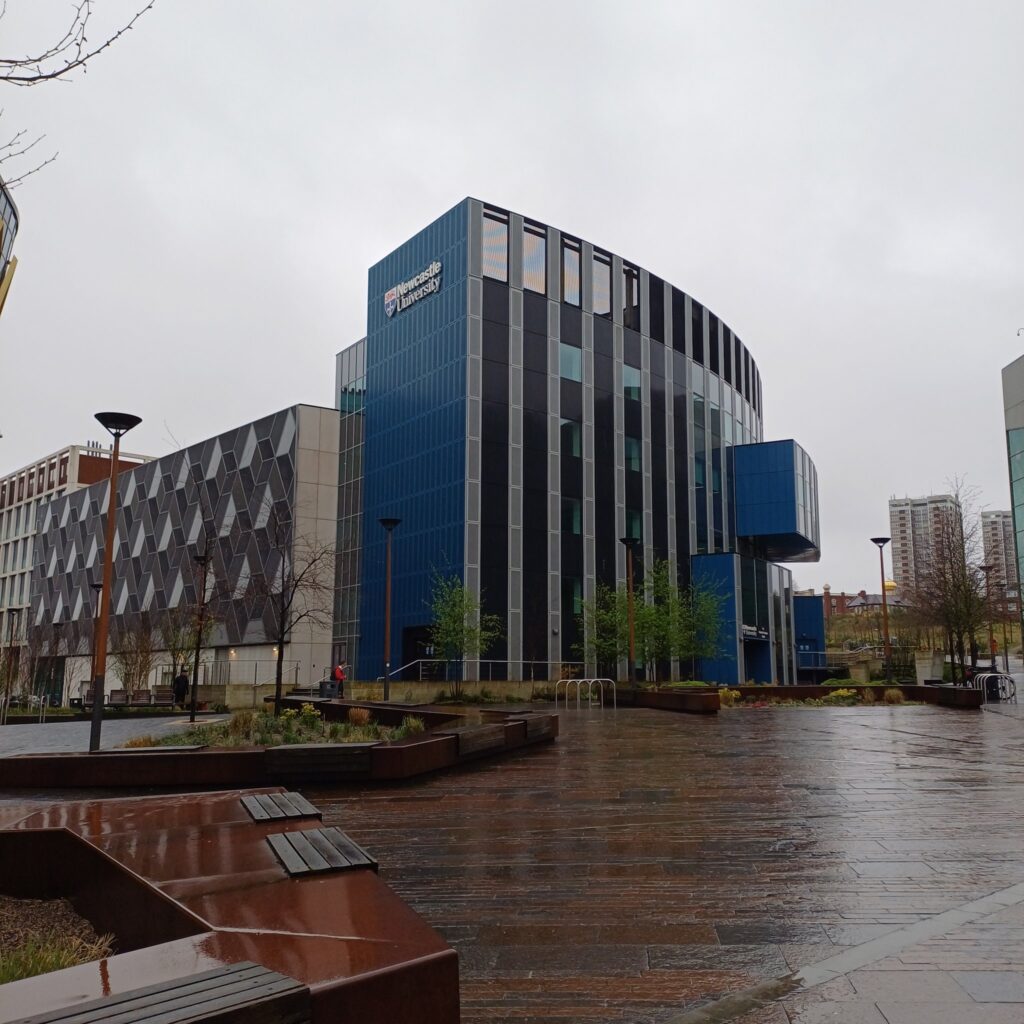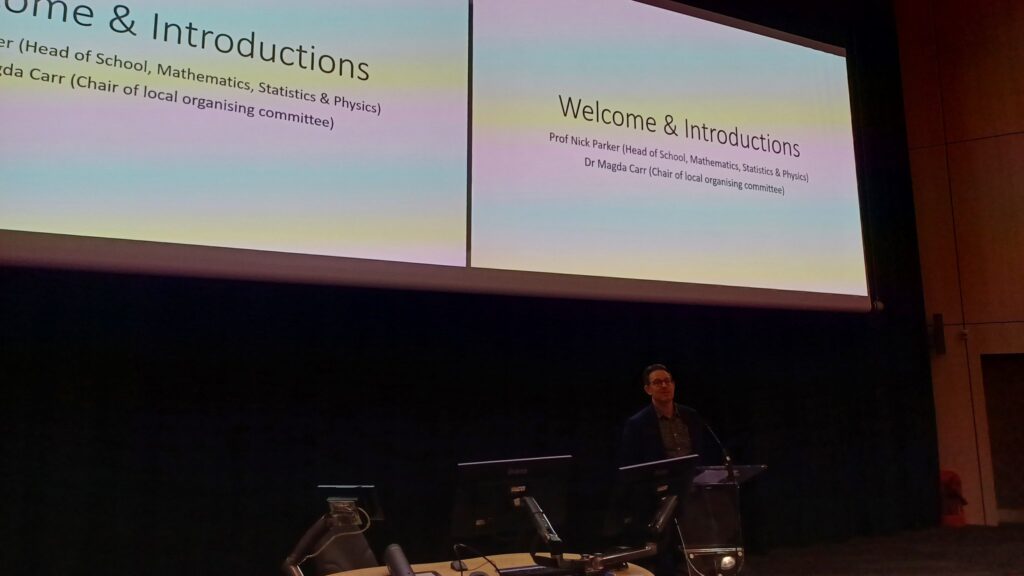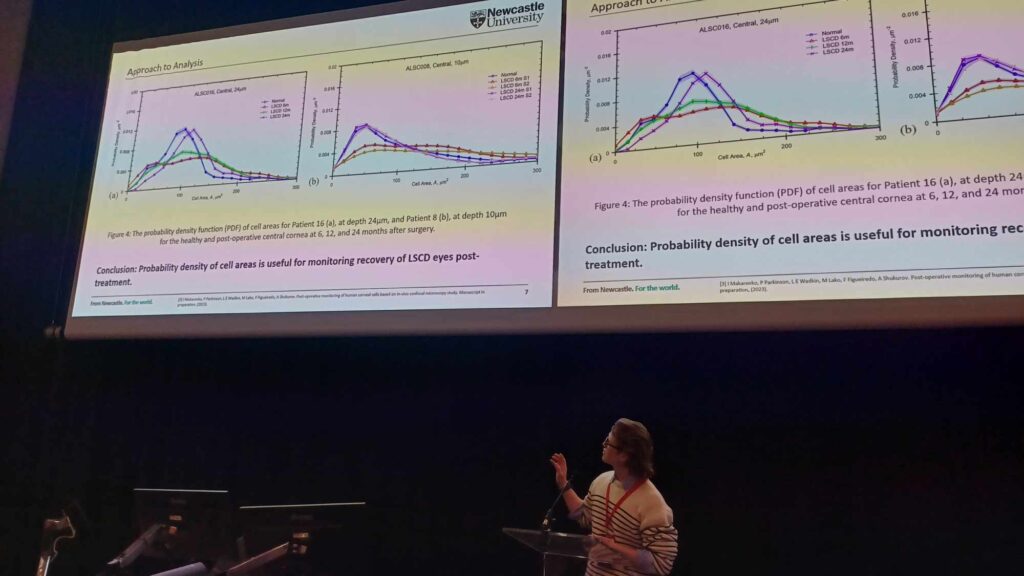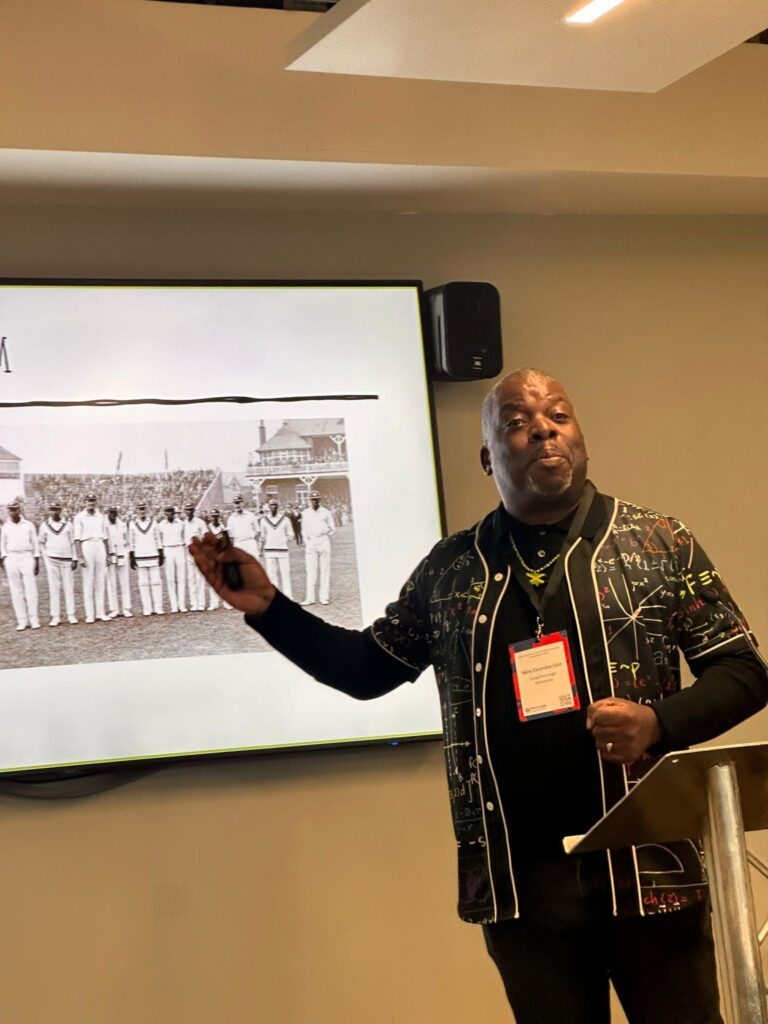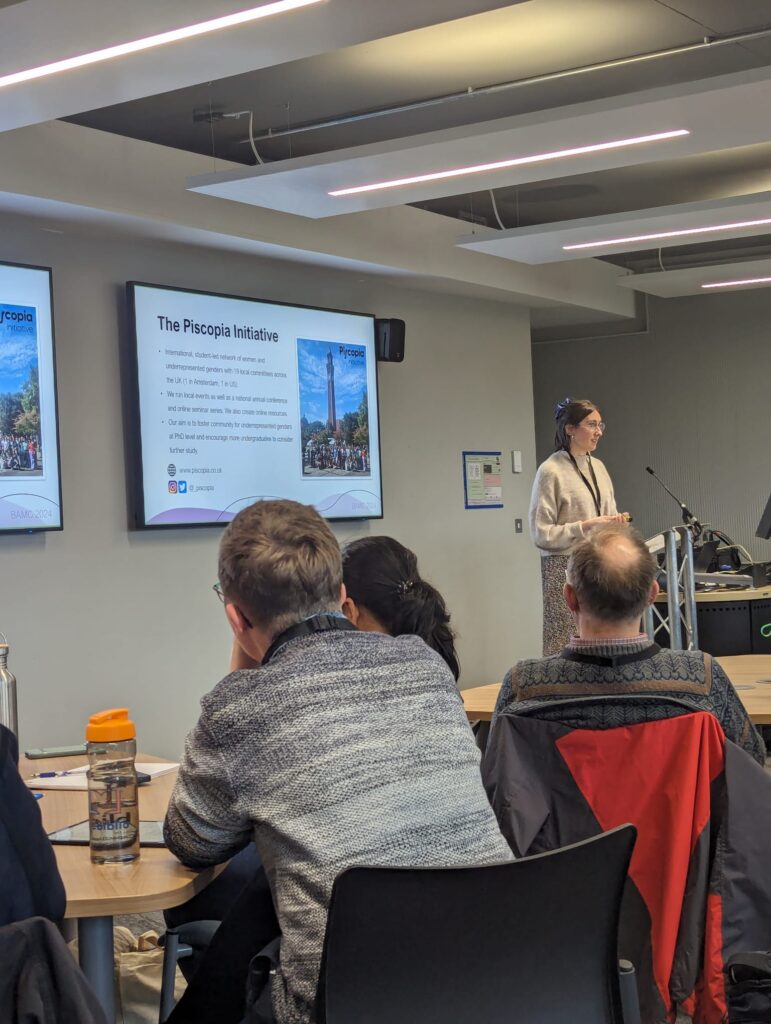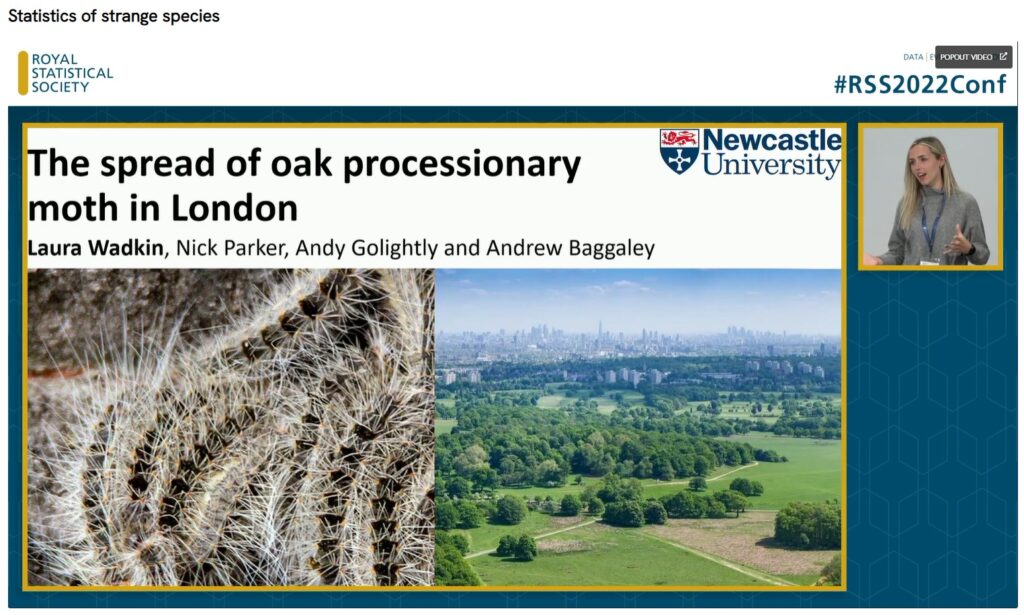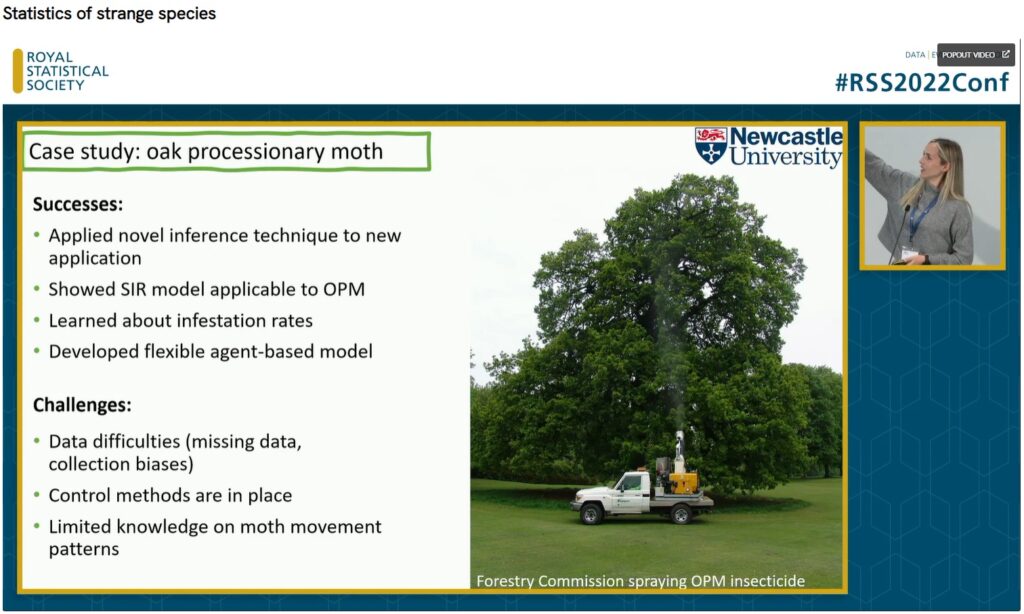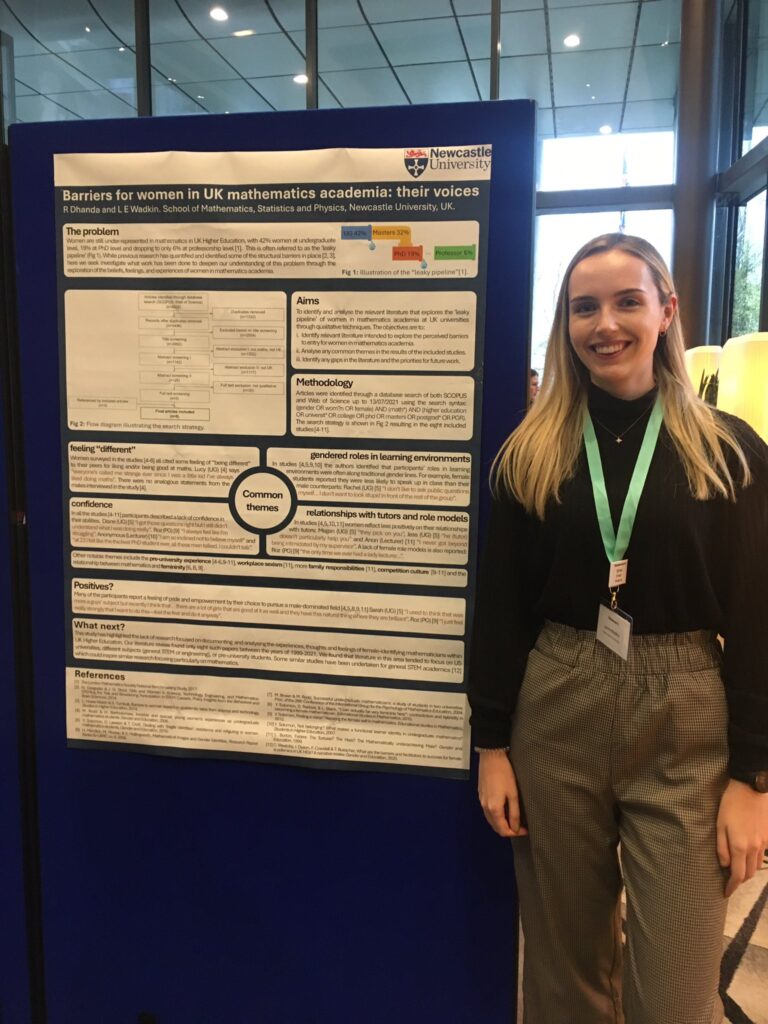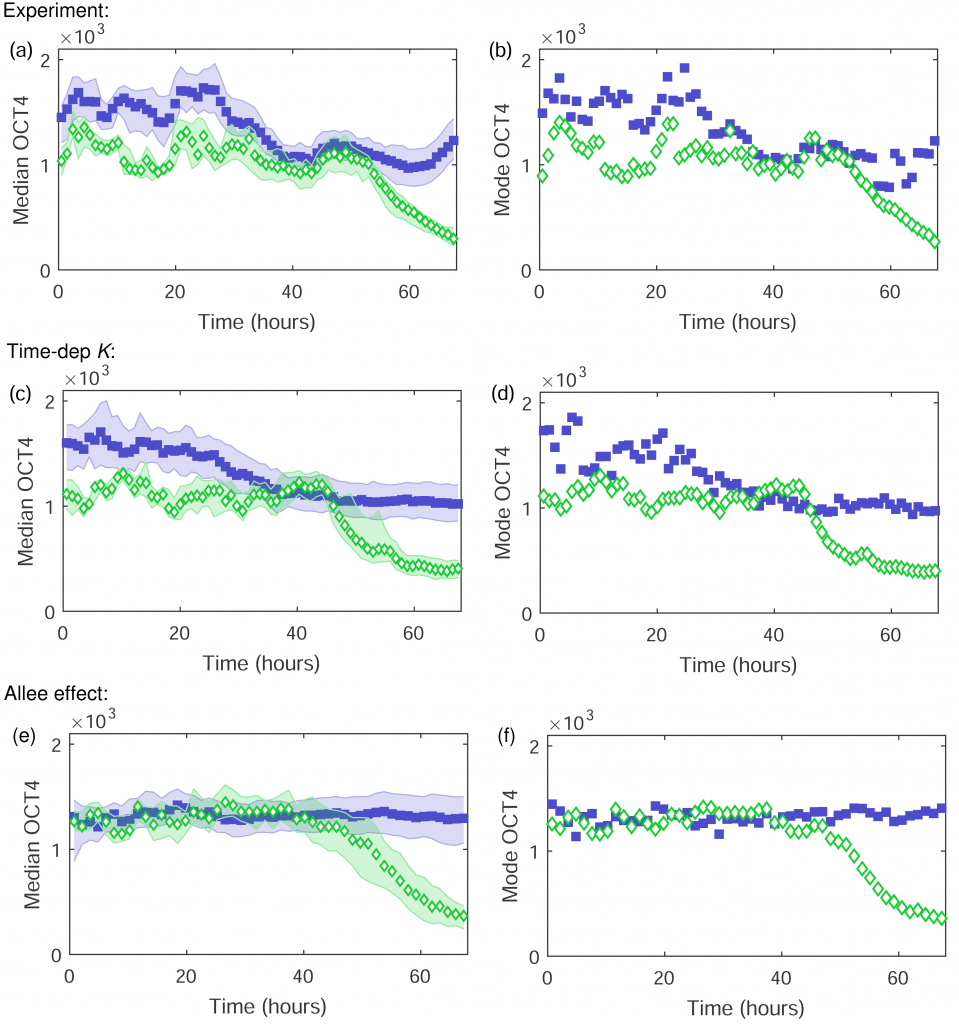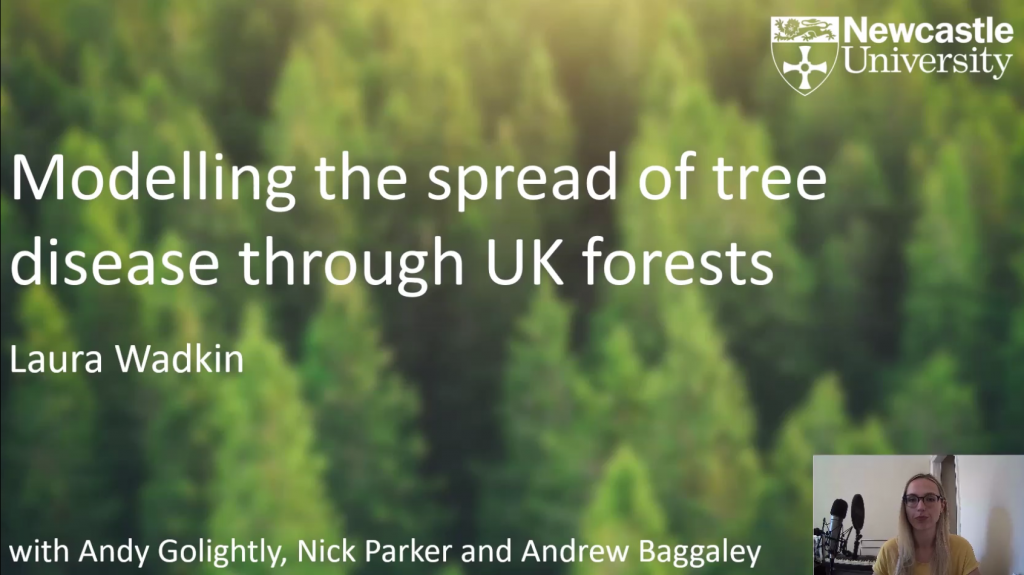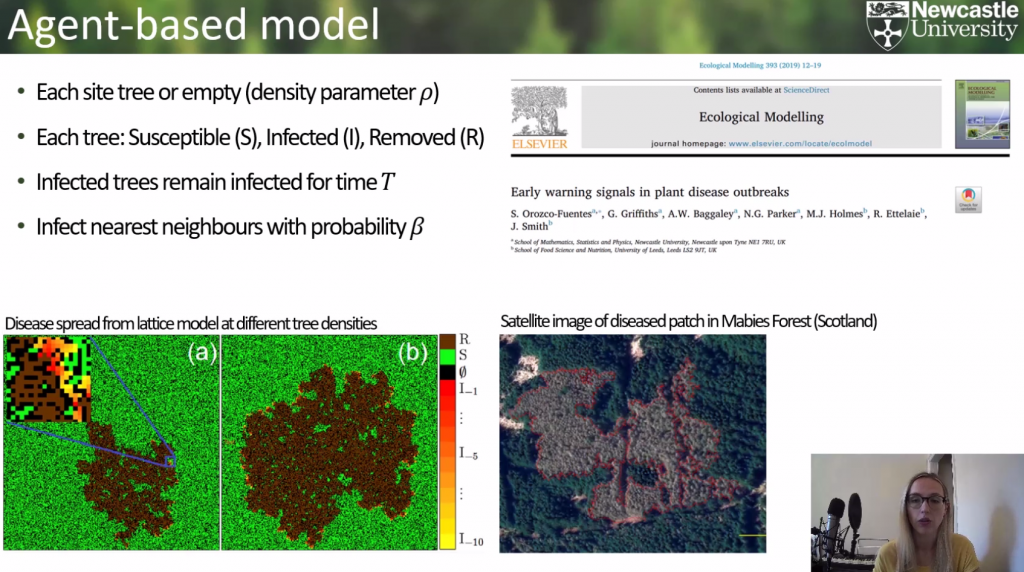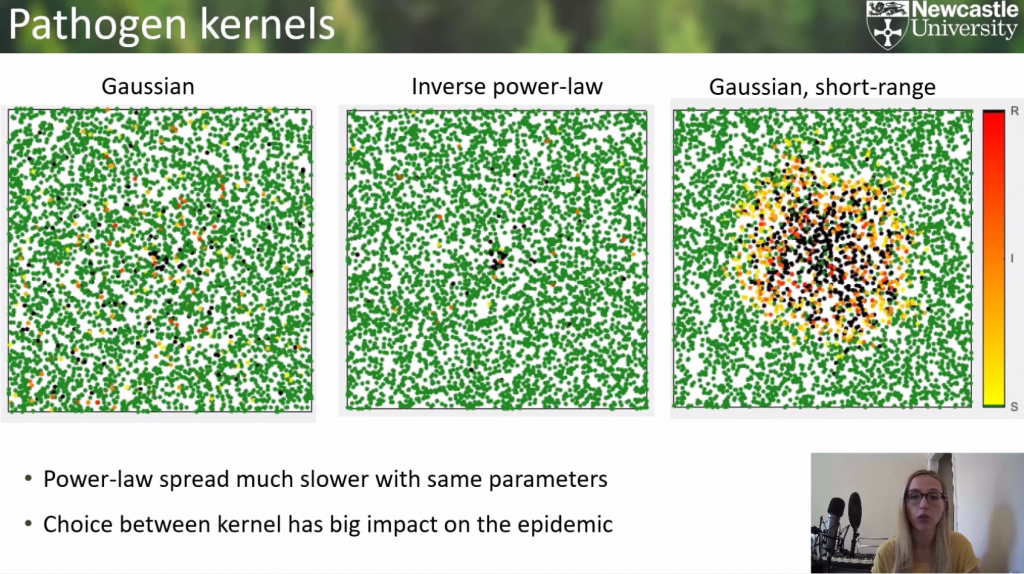On 6th November I had the pleasure of running our very first Women in Mathematical Sciences Day, hosted at the School of Mathematics, Statistics and Physics here at Newcastle University. The event was funded by the London Mathematical Society through their Inclusion and Diversity Fund.
The event brought together women researchers working in diverse areas of the mathematical sciences from Newcastle, Northumbria and Durham Universities. We had excellent plenary talks from Dr Alex Svalova and Dr Vi Parker (both of Newcastle University) and Dr Maryam Garba (Northumbria University) on their experience building their careers and sparking open conversation about the experience of women in a traditionally male-dominated field. We also heard from our contributed talk speakers about their fascinating research projects, and had a chance to network over the lunch-time poster session.
You can read more about the event on the MSP News page: https://www.ncl.ac.uk/maths-physics/news/item/women-in-mathematical-sciences-day
